Bonsai, I am learning, is about managing your tolerance for things going wrong. The trees and I are trying our best, and at the moment we’re attempting to keep a dozen plates up in the air. I have two figs that couldn’t decide if they were dropping leaves or pushing new growth, so now they’re doing both, simultaneously. I have a citrus that dropped half its foliage and it’s unclear whether that was the tree’s decision or my fault for holding back water. Now it’s popping flower buds like Irish freckles, the largest bloom I’ve ever seen on a tree of this size.
Is this good news or bad news? Who’s to say, I just live here. What I want to take away is the value of having many irons in the fire—or, more accurate to the solidarity of forming attachments—roots in the soil. The more ways I’m connected to the world, the more things that’ll go wrong, but that’s the only way to experience more things that go right. It’s not about two sides of the same coin; it’s more like a bristling foam of data points sprinkling into the sea of probability. The law of large numbers will do what it does, and the only way to get more data is to find more ways to live.
I bought this olive on eBay last fall and have been trying to make it happy since. It’s wintered well in my chilly bedroom, and now, thanks to sufficient chill hours, a new and stronger light source, or some combination of the two, has started to push new growth. Time to style it.
For a while I debated whether this worked better as one tree or two. Olive leaves are large and look more proportionate on bigger trees, but in the end I didn’t like the cookie-cutter sameness of the tree’s branch pattern: left-right-left in methodical alternation. It felt artificial to me, too smooth. So instead I sawed it in half.
The top half has a knuckle of inverse taper that would be a problem as part of a larger tree but is perfect as the base of a shrubby clump planting. I’ve read that olives can form roots from bare stumps, so I’ve stuck the cutting in bonsai soil and enclosed it in a plastic bag with some holes cut in it for airflow. The cutting now sits in a corner under a grow light in my apartment’s tropical zone; more on that next week.
I envision the bottom half of the tree as a survivor whose main trunk got broken off in a storm, now subsisting on a single furrowed branch. This olive has warty bark that hardens into craggy plates at the nebari. In time I think I can extend that gnarly character to the rest of the tree, though we have some problems we’ll need to work through.
There’s good branching on this single leader, but all the growth is at the tips. I need to push growth back towards the trunk, which the tree will only do if I pinch the new buds, and the buds aren’t ready for that on this part of the tree. All I can do is give the gangly limbs some movement with wire and wait. I reduced all the branch junctions to two emerging shoots and added a tension wire to keep the main branch close to the trunk. My wiring is…improving. Still not good, but heading in the right direction.
Astute observers may notice the grisly cracks in the first bifurcation. The branches should survive that, because olives are stronger than humans. The way my hands were positioned when wiring, I heard the cracks before I saw them. Think of when you pop a chicken wing.
A broken branch like this is called a jin. You can see the thin layer of living tree tissue around the denser column of deadwood. Carving jin is an art all its own, using chisels and precision drills to sculpt the damage of a fierce storm or determined gopher. I’m still reading about jin and gathering tools, so for the moment I’m letting the bare wood dry out so it’ll be easier to carve later. I may want to remove bark lower down the trunk as well, to better pull off the struck-by-lightning effect.
It’s not winning any beauty contests, but I think it’s the start of what could eventually become a neat tree. As it recovers and gains vigor I can get more selective about which branches to keep. For now I’ve done my work and it’s the tree’s turn to take the lead. We’re tossing the plates back and forth, we’re figuring it out.
Tree reading
The struggle of reintroducing Japan to its endangered native citrus. [Gastro Obscura]
Speaking of jin carving, an excellent example in this styling video. [Kottke]

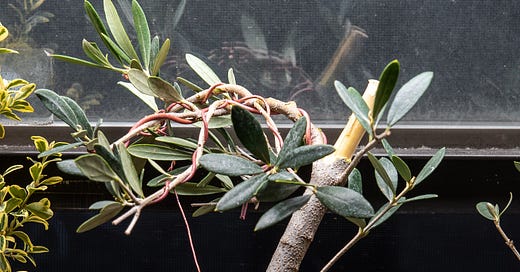

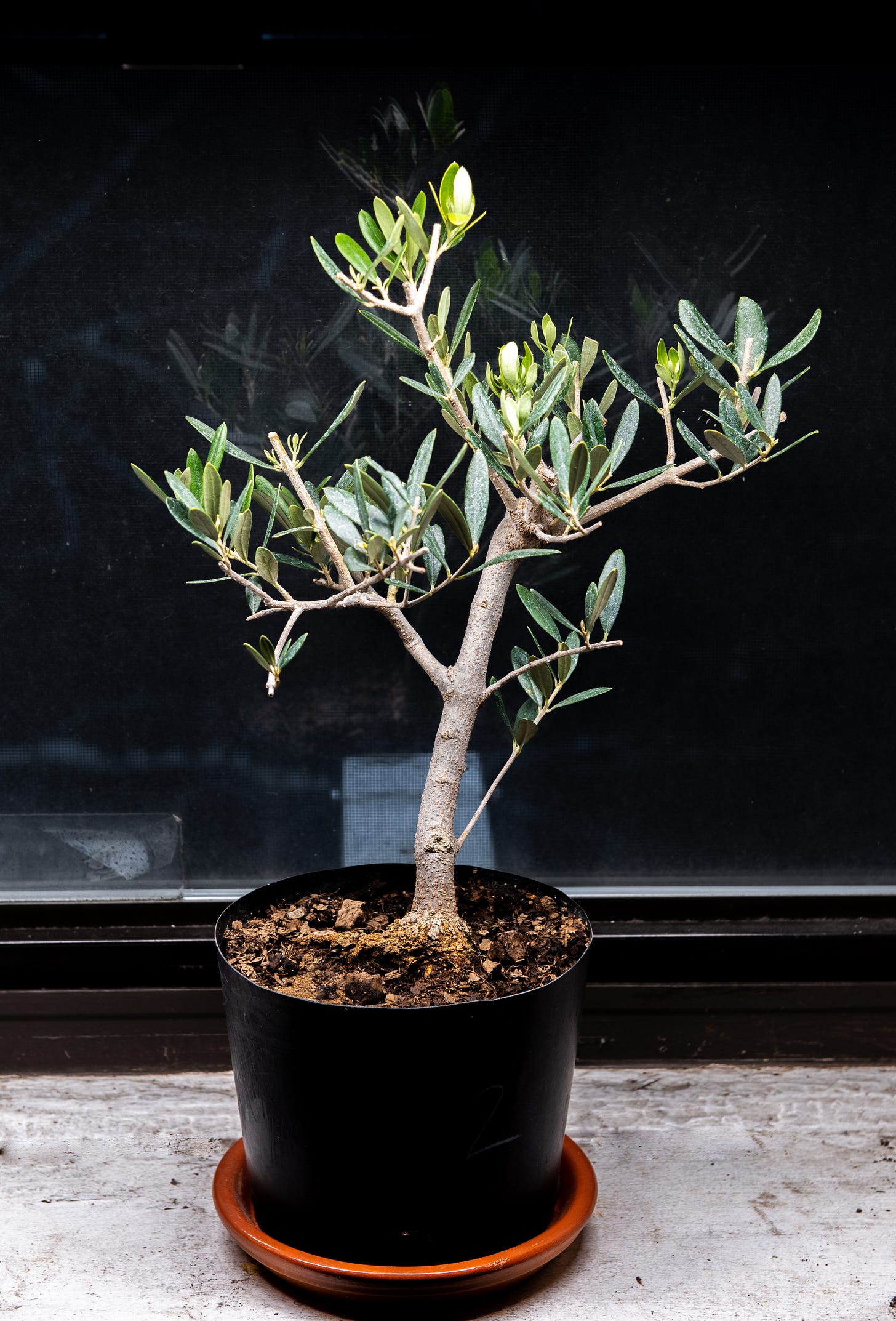
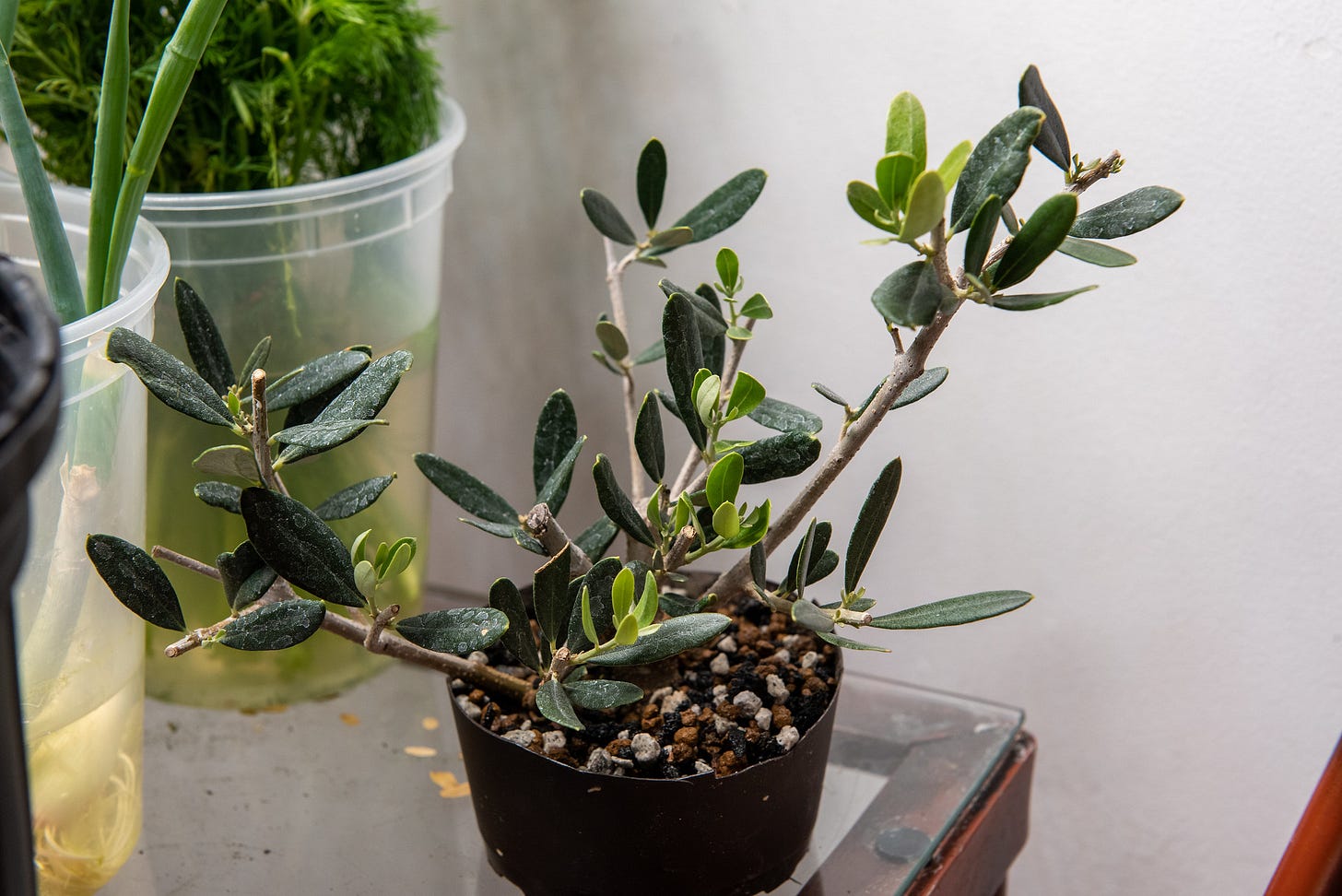
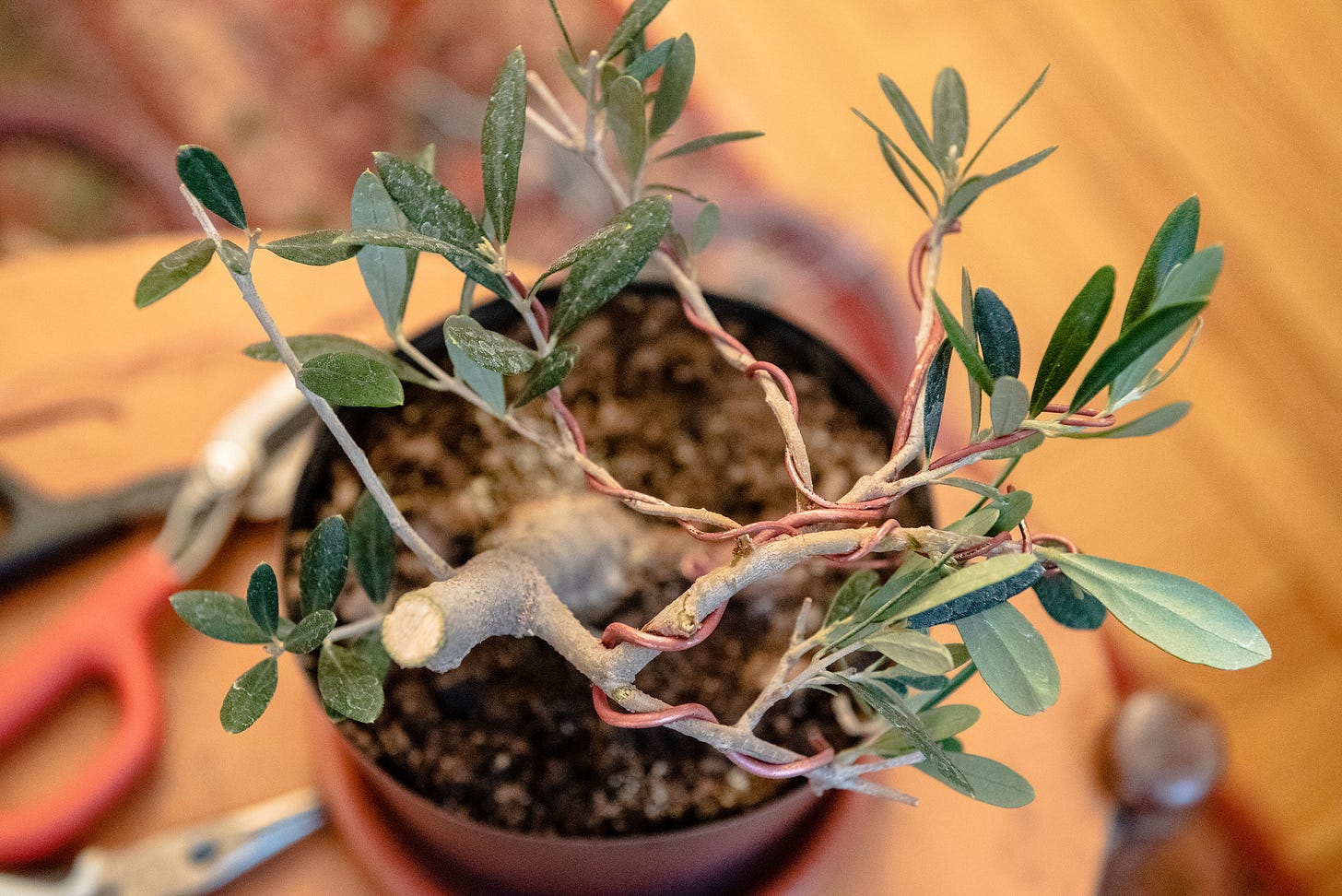
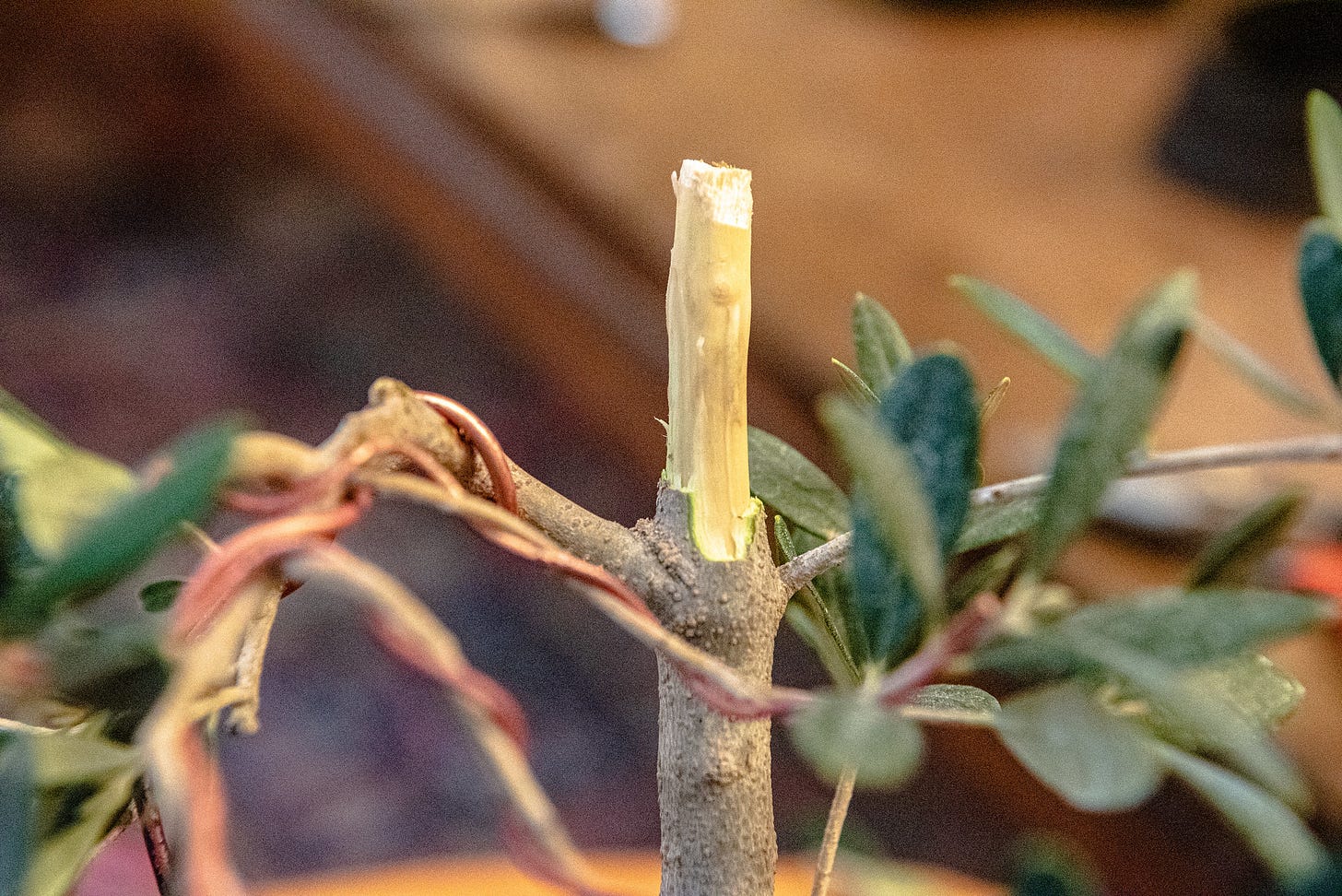

Really enjoying the newsletters, trying to get up courage to try my hand. Thanks